- Blog
- 02.02.2018
- Data Fundamentals, Dev Dialogues
Using the Microsoft Dynamics CRM component in Matillion ETL for Snowflake
Matillion uses the Extract-Load-Transform (ELT) approach to delivering quick results for a wide range of data processing purposes: everything from customer behaviour analytics, financial analysis, and even reducing the cost of synthesising DNA.
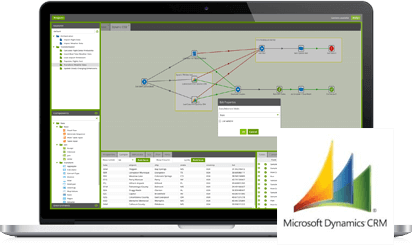
Microsoft Dynamics CRM forms part of the Dynamics family, and offers a web-based customer relationship management solution. Matillion ETL for Snowflake’s Dynamics CRM Query component provides a simple interface to this service, allowing you to easily integrate CRM data into your reporting and analytic solution. The component is self-contained: there’s no need to install additional components, and there’s no charge for using it!
Microsoft Dynamics CRM component in Matillion ETL for Snowflake
The Microsoft Dynamics CRM component negotiates with Microsoft’s CRM 2011 Web Services APIs on your behalf, and offers a large data model containing well over 200 tables and views. You can use it to connect to CRM 2011, 2013, 2015, and 2016 (version 4.0) instances - with or without IFD - as well as CRM Online Office 365 accounts.
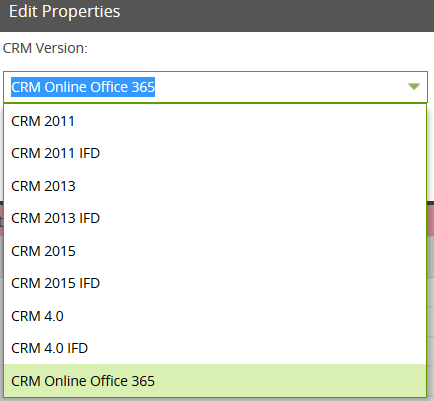
All communications are performed securely over SSL/TLS by checking the server's certificate against the trusted certificate store. When configuring the component, the key properties you’ll need to have to hand are:
- Your organization’s root URL
- A username and password
Advanced Mode
By default the Dynamics CRM Query component operates in “Basic” mode. Therefore, you only need to choose a table and columns from dropdown lists describing the data model. But if you prefer you can choose Advanced Mode, and this is a way gain access to some extra features.
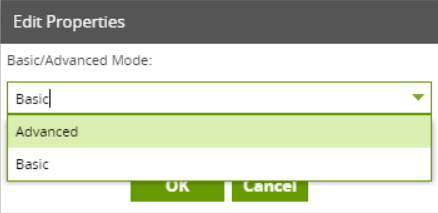
In “Advanced” mode, you specify your own query, in the form of a SQL SELECT statement. The Dynamics CRM Query component converts this into equivalent API calls on your behalf. You can use a wide range of SQL-92 features including:
- Aggregate functions COUNT, COUNT_DISTINCT, SUM, AVG, MIN and MAX
- String functions, such as CONCAT, CONTAINS, REPLACE and SUBSTRING
- Various DATE manipulation functions
- Mathematical functions including ROUND, ABS and SIGN
- Joins
Joins must be on tables which are related to each other via a Dynamics CRM relationship, and they are specified using standard SQL syntax. For example, you might want to find the Names of all Accounts that have Contacts and the FirstNames of those Contacts:
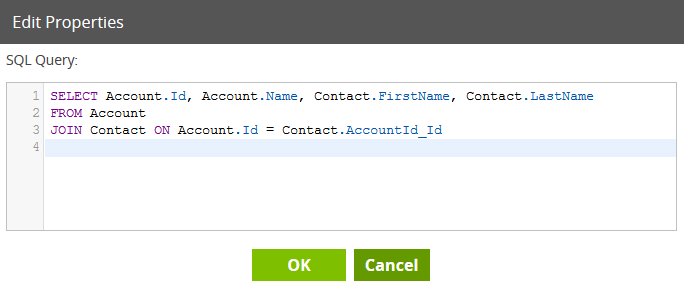
You can also use a LEFT JOIN instead. For example to query all Accounts and the Equipment ID for the preferred Equipment defined for that account (if any):
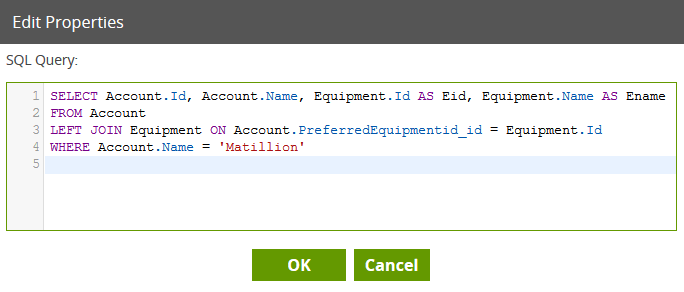
The Dynamics CRM Query component in context
The best way to use this Matillion ELT component is as part of a wider orchestration. The component loads data into a target Snowflake table, but it’s destructive. That means any data that was in the target table beforehand will be removed first. So you should treat the target table as a transient staging table, and have your orchestration job do two things:
- Perform the Dynamics CRM Query
- Copy the newly-loaded data into a more permanent target table
The second part is best performed by a Matillion transformation job, inside which you can use all of Matillion’s many transformation components to convert the data into the desired format, ready for use in reporting and analytics.
Useful Links
Microsoft Dynamics CRM component in Matillion ETL for Snowflake
Begin your data journey
Want to try the Microsoft Dynamics CRM Query component in Matillion ETL for Snowflake? Arrange a free demo, or start a free 14-day trial.

Ian Funnell
Data Alchemist
Ian Funnell, Data Alchemist at Matillion, curates The Data Geek weekly newsletter and manages the Matillion Exchange.
Featured Resources
What is an API?
What is an API? An API is an application programming interface that is a way for two or more computer programs or components ...
BlogData Productivity Cloud Now Offering Stronger Integrations For Databricks Users
Matillions Data Productivity Cloud on Databricks empowers data teams built around Databricks to be more productive and ...
BlogHow to Source Yelp Review Data From Databricks To Snowflake For Sentiment Analysis With CortexML
Looking for a step-by-step guide on moving your data from one data warehouse to another? Learn how to seamlessly source Yelp ...
Share: